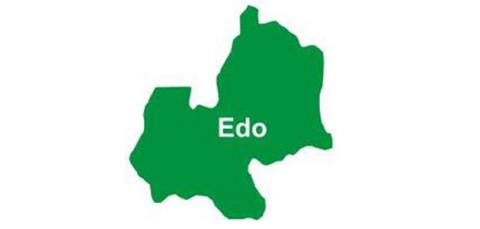Edo State branch of Nigeria Erosion and Watershed Management Project (NEWMAP) has rolled out the impact of the government’s intervention in flood and gully erosion ravaged communities across the state to the World Bank and 23 other NEWMAP benefitting states.
The Coordinator of Edo NEWMAP, Dr. Tom Obaseki, who led other officials of the Edo NEWMAP to an Implementation Completion and Result Mission (ICRM) meeting with the World Bank Project Management team, in Awka, Anambra, showcased the gains of the project’s intervention on communities and residents of the state.
The event is an important part of the winding-down process of the NEWMAP intervention in states. The meeting is an opportunity for the 23 NEWMAP participating states to furnish the World Bank project management staff with details of various projects executed during the project period to enable the preparation of a comprehensive Implementation Completion and Result Report (ICRR) by the Bank.
The Nigeria Erosion and Watershed Management Project (NEWMAP) is a World Bank funded intervention, implemented in partnership with the Federal Ministry of Environment and other partner agencies, to address gully erosion and flooding in states.
Obaseki said there are 15 intervention sites in various communities in Edo State that have continued to positively impact on residents, opening up communities and improving the livelihoods of people in the state.
He disclosed that the sites are located in Ekehuan, Queen Ede, Oshiobugie – Auchi, Igbei-Auchi, Edo College, Ogiso, Gapiona, Urora, Iguosa, Fugar-Agenebode, Ewu, Emu, Ibore, and Emu-Ohordua, among others.
The Project Coordinator also revealed that the NEWMAP in the state asphalted about 5.7km of roads within the Benin metropolis in line with the government’s infrastructural development efforts aimed at improving the living standards of the people.
Noting that the NEWMAP has continued to open Edo communities for more economic activities, Obaseki said: “With our interventions, several flood ravaged communities have been impacted. Routes to farmlands that were once devastated by erosion have been restored, making agriculture viable again. Commercial activities in communities such as Oshiobugie in Auchi, Queen Ede, among others, have been rekindled.”






